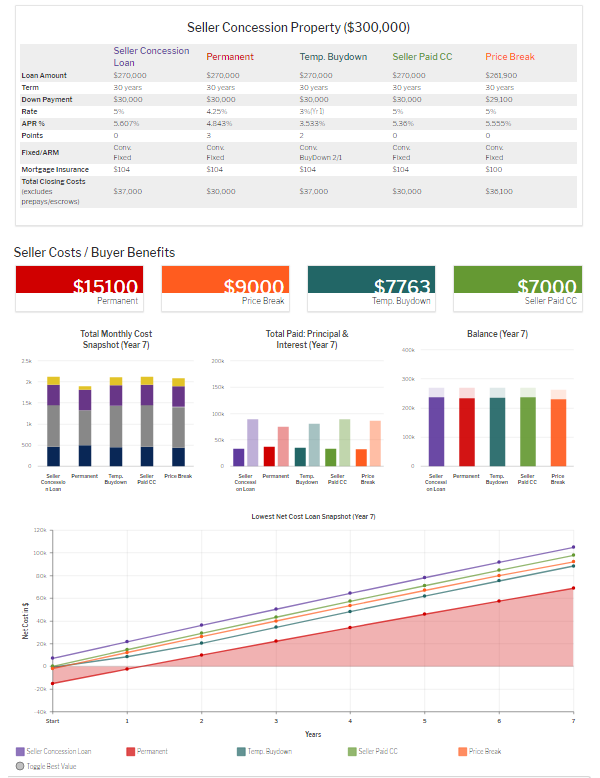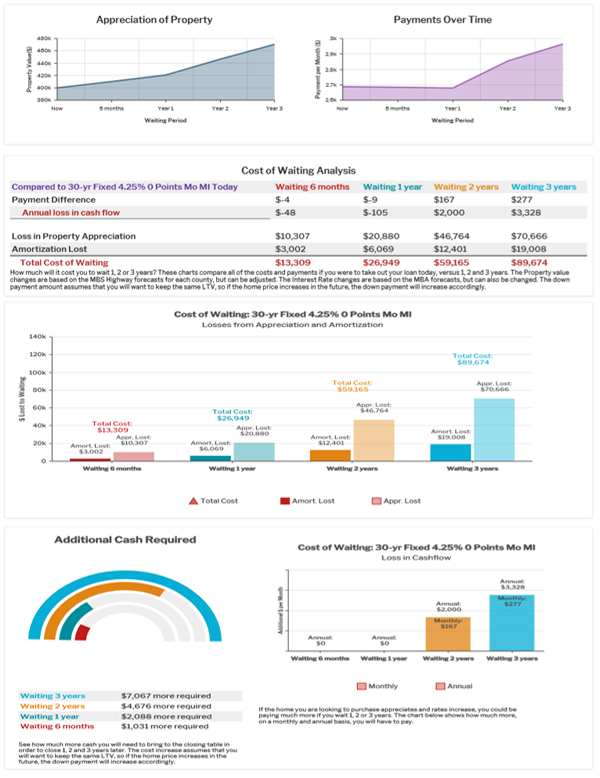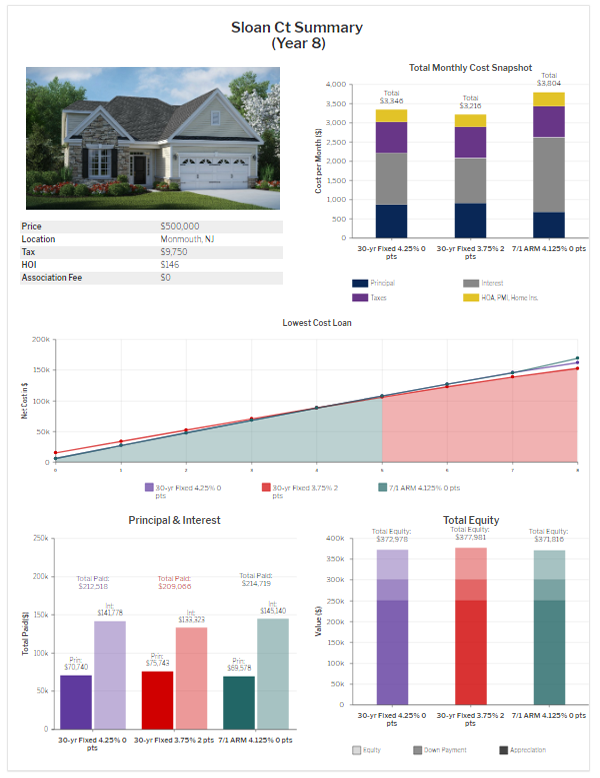Cumberland Advisors Guest Commentary - Maybe the World is not Ending! - btbirkett@gmail.com - Gmail
We do see a world of innovation in the aftermath of the virus. The shift to online retail consumption and delivery has advanced significantly as many brick and mortar operations are closed – and many will remain so. The same is true of office space, where firms will certainly re-evaluate the importance of having everyone in one place – especially in densely populated areas where rents are highest. Office space’s future may look like retail real estate now. Will workers get to write off half their rent (or will firms pay it) if they work from home? There are huge tax implications ahead. Schools are also likely to see substantial changes. Some will make up the time recently lost. Others will not. Summer school, online schools, testing, grades and graduation are all likely to face innovations. And changes may be coming to higher education as well, as its dependence on foreign students faces an uncertain future.
8: Gold and Silver Struggle Until We Find Equilibrium Level. Today's $76 surge, a 5% rally suggests we may have found that level already.
9: Huge Change in Risk Parity. Risk parity strategies allowed massive amounts of leverage by hedge funds and pension plans. But that strategy is over. Pension plans are in a world of hurt.
11: Whether we want it or not, fiscal stimulus is coming. Yet, the debate in Congress postponed it again. Democrats and Republicans are fighting over who gets what. Both sides are undoubtedly wrong here. Congress bailed out the banks last time and look what happened: only the wealthy benefited. But Democrats want 1100 pages of God knows what. Unfortunately, here we go again with "We have to pass the bill to see what's in it." This is not the time to be demanding a Green New Deal or crucifying small businesses with $15 minimum wages.
15: The Fed fears a collapse in credit. On that score, the Fed is correct. But once again, the Fed blew this bubble. If we save the banks and Boeing and the frackers, and throw the people under the bus, Bianco is correct: we have a prolonged depression. What's the perfect solution? There is none or if there is, I do not know what it is. We screwed up in 2001 and 2008. Is there any reason to believe we won't screw up again?
18: People won't go back to routinely buying $120K cars. In fact, car buying of all kinds will take a prolonged hit. Then within a few years, the whole idea of owning cars outright will change as true self-driving hits the road. Millennials do not see ownership of cars and homes as their boomer parents. This is part of the attitude adjustment process in point number 1.
20: Congress is going to issue checks. This is genuine helicopter money. Fed loans and repos aren't. It is going to take a while to process and send the checks. The Fed and Congress will present that delay as a national problem. The Fed will then push for and get a national cryptocurrency "for the people". Unlike Jim, I am not sure this leads to a global reserve crypto. I do not see the Fed or Congress or the president wanting to give up currency control. Perhaps this does happen down the line, but first things first: countries including the US will ban cash transactions. They will tout the benefits: Instant cash, fighting money laundering, fighting fraud, protecting us from the likes of Bitcoin. They will not tell you that the real purpose is to track every dollar in the system. We will have a loss of freedom, independence, and privacy as a direct result.
Constitutional Attack
In regards to the loss of freedom, independence, and privacy, I also fear something Jim did not mention: A constitutional attack on Habeas Corpus, the right to a speedy trial.
Rolling Stone and Politico both had recent articles on suspension of Habeas Corpus.
Politico reports DOJ Seeks New Emergency Powers Amid Coronavirus Pandemic.
The Justice Department has quietly asked Congress for the ability to ask chief judges to detain people indefinitely without trial during emergencies — part of a push for new powers that comes as the novel coronavirus spreads throughout the United States.Documents reviewed by POLITICO detail the department’s requests to lawmakers on a host of topics, including the statute of limitations, asylum and the way court hearings are conducted. POLITICO also reviewed and previously reported on documents seeking the authority to extend deadlines on merger reviews and prosecutions.The move has tapped into a broader fear among civil liberties advocates and Donald Trump’s critics — that the president will use a moment of crisis to push for controversial policy changes.
There are 1100 pages in the emergency legislation. What's in it?
It is highly doubtful Democrats would grant such powers to a Republican. But if Republicans were in control of the House, such legislation could pass. Moreover, the same applies if Democrats held executive office and both branches of Congress.
Even if these fears are unfounded for now, it is disturbing, to say the least, that such powers are even requested.
Mike "Mish" Shedlock











